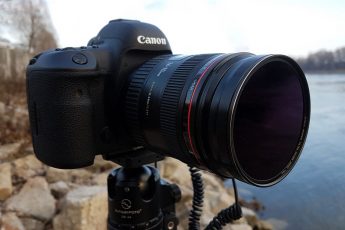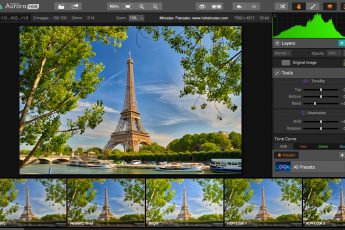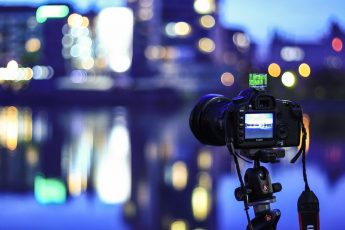I have been using the Canon 17mm F4 TSE a lot during the last weeks, and today I will share with you my thoughts about it. Even if it’s an older lens, it’s not so widely used, so not many articles about it around. So I’m adding this one to the pile :)
What is a tilt-shift lens used for?
A tilt shift lens can do two thing, as it’s already obvious from the name. The lens can tilt the front element either up or down or left to right, and it can also shift the front up and down or left to right. This is used for following:
 1. change the focal plane using tilting to get a bigger DOF – if you have something close that you want to have sharp, you can use tilt to change the focal plane to include more in the DOF of you photos. Focal plane is the plane where you are focused, around which everything is in focus. And by tilting the lens, you are tilting this plane.
1. change the focal plane using tilting to get a bigger DOF – if you have something close that you want to have sharp, you can use tilt to change the focal plane to include more in the DOF of you photos. Focal plane is the plane where you are focused, around which everything is in focus. And by tilting the lens, you are tilting this plane.
2. change the focal plane using tilting for selective DOF – you can use it also in opposite way, to get much smaller DOF or to get parts of the photo completely out of focus. This is the co called tilt-shift or miniature effect.
 3. shift the lens to correct perspective distortion – perspective distortion appears when your camera is not perfectly leveled. But sometimes you need to capture something that is above or below your view, so you would need to tilt your camera, which will create perspective distortion. Instead, with this lens, you can shit up or down, while keeping the lens leveled, to capture what you need, without any distortion.
3. shift the lens to correct perspective distortion – perspective distortion appears when your camera is not perfectly leveled. But sometimes you need to capture something that is above or below your view, so you would need to tilt your camera, which will create perspective distortion. Instead, with this lens, you can shit up or down, while keeping the lens leveled, to capture what you need, without any distortion.
4. easy panorama or vertoramas – since shifting greatly extends what you can capture, you can easily create panorama and vertoramas from the shifted images.
I will do a bigger guide sometimes later, specific for each usage.
Picture quality
As it’s a manual focus prime lens, it create some crazy sharp results. On the other hand, it’s very easy to catch lens flares due to the bulbous front element, and also light leaks, due to the mechanism being not completely tight. Here are some examples of how it can look like:
The is no lens hood for this lens, but most of the time you can just shade it with your hand, or use something to cover the lens by longer exposures, to get rid them.
There is not much distortion when you shift along the shorter side, but there is bit more when shifted along the longer one (not really surprising). Especially when there is something far away in the distance, it will look a bit squashed at the extremes. I was a bit surprised that when you for instance shift down, it also shifts a tiny bit to the right (and opposite) so the photos don’t align perfectly. But the difference is very small, and one does not loose much .
Build
It’s a Canon L lens, so a great build quality is there. The shift and tilts are smooth and are easy to manipulate. The knobs could be a bit bigger, but maybe it’s better they are not. I already had to change how I attach the L-brackets to my camera and the tripod attachment, as both interfered with the rotation of the lens. But this is due to me using a Sony with a Metabones adapter, and since the tripod mount is on the adapter, it’s close to the lens as it would normally be.
Usage
This lens just gives you such a new view, and more freedom in composition. I had not much use for the tilt function, as with such a wide lens, the DOF is mostly big enough. But what got me the most is how easy is to make panoramas. No need for special tripod heads, no need to worry about distortion, you just shift, take the shots and you are done. It’s just so fast and easy.
One does have to be very careful with the lens, as there is nothing protecting the front. So no running with it :) Also the lens flares can create problems, but one can actually take a photo, shift the lens thereby avoiding the flare, take another photo, and then just blend it into the first shot. Especially in panoramas, you get quite a huge overlap when you use the whole range with three shots, so there is space for corrections.
This is really a wonderful lens. It maybe a bit more specialized, especially for architecture and landscapes, but it really a lot of fun to use. If you can try out a tilt-shift lens, you really should :)











Leave a Comment